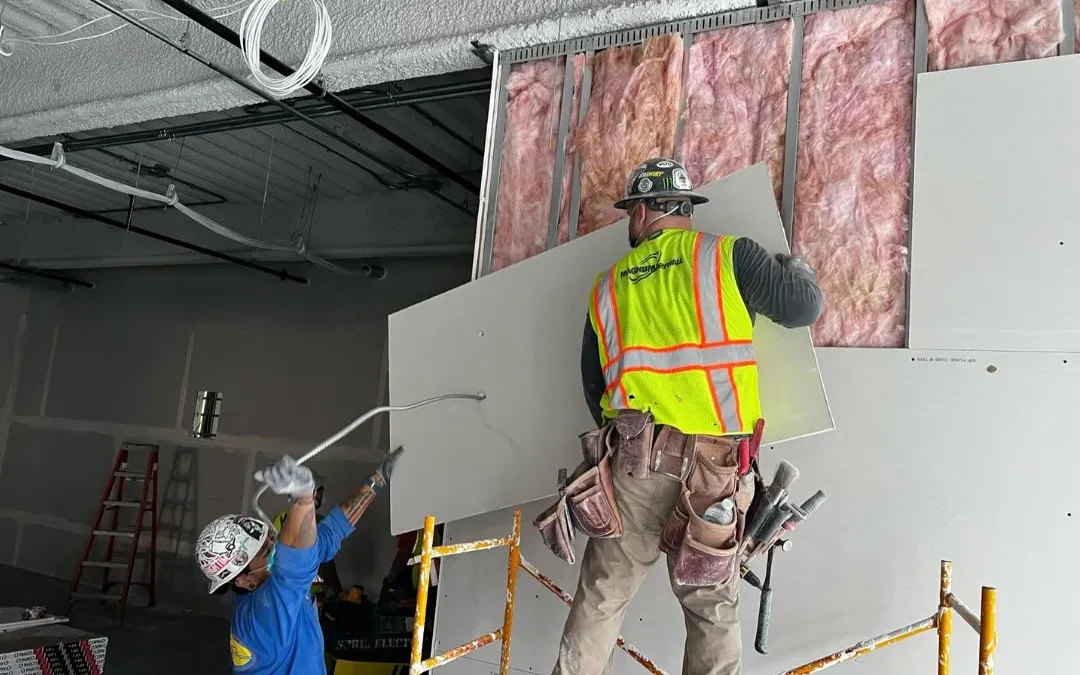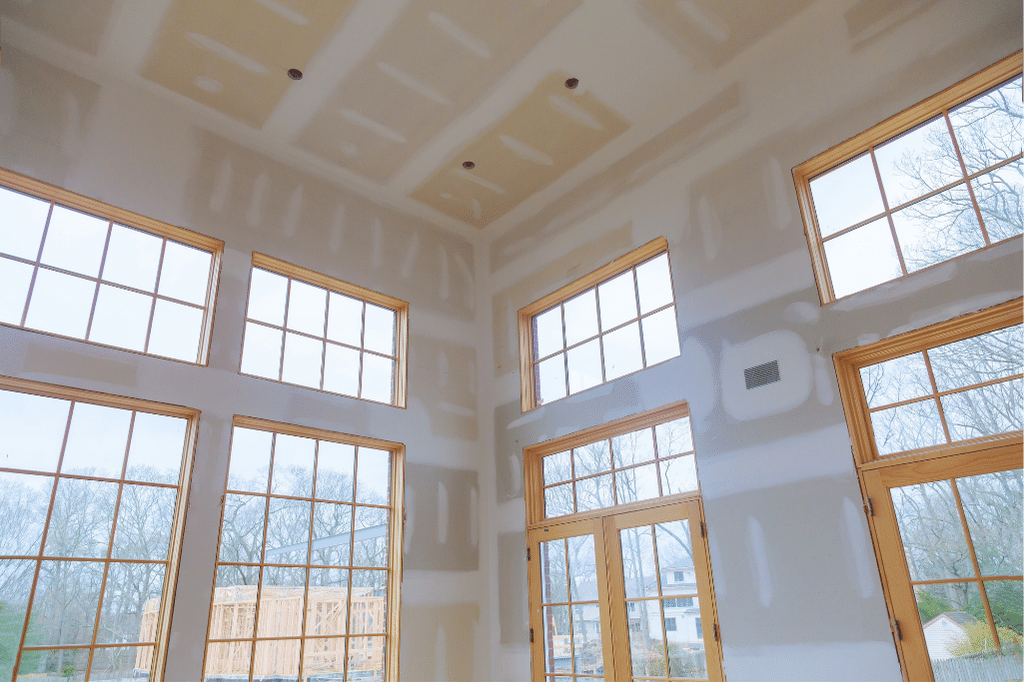Complete Overview to Efficient and Dependable Drywall Setup
Drywall installation is a crucial element of any kind of building or remodelling project, demanding a thorough method to make sure both efficiency and dependability. It is important to discover the subtleties of each action in the procedure, as they collectively add to the general success of the drywall installation.
Crucial Devices for Drywalling
When embarking on a drywall setup project, having the right devices is essential for accomplishing a professional surface. Vital devices consist of a drywall knife, measuring tape, and a T-square, which are essential for accurate measurements and smooth cuts. A drywall lift is likewise very valuable, specifically for ceiling installations, enabling simpler handling of hefty panels.
For fastening the drywall, a cordless drill and drywall screws are required. The drill needs to be furnished with a drywall little bit to guarantee efficiency and accuracy. In addition, a crucial device is the drywall saw, which assists in cutting about electric outlets and other barriers.

Furthermore, safety equipment such as shatterproof glass and a dirt mask are important to make sure personal safety and security throughout the installment process. Making use of the right tools not just improves the high quality of the installment however likewise improves the workflow, making the task more efficient overall.
Preparing the Area

Next, examine the condition of the walls and ceilings. Fix any existing damage, such as openings, cracks, or peeling paint, to make sure a smooth and even surface area for drywall application. In addition, look for electric outlets, pipes lines, and HVAC ducts, marking their places to avoid problems throughout installment.
It is additionally crucial to measure the room accurately, establishing the dimensions of the walls and ceilings to determine the ideal quantity of drywall required. Develop a thorough strategy that consists of the layout and positioning of the drywall panels.
Setup Techniques
Reliable installation strategies are essential for accomplishing a professional surface in drywall projects. Appropriate dimension and cutting of drywall sheets are basic steps. Always determine the wall space precisely, enabling for any switches or electrical outlets. Utilize an utility blade for clean cuts, scoring the paper face and breaking the board along the scored line.
When hanging drywall, begin with the top and job downward, ensuring that the lengthy edge of the board is perpendicular to the like it framing. Secure the sheets with screws instead of nails, which provide higher holding power and minimize the threat of popping. Place screws every 12 inches along the edges and every 16 inches in the area of the board.
For corners, make use of corner beads to achieve sharp, tidy sides. When mounting on ceilings, utilize a drywall lift or have a partner aid in holding the sheets in place (drywall fort worth). Preserve a space of concerning 1/4 inch above the floor and ceiling to fit growth and contraction
Ending Up Touches

As soon as the tape is in location, it's time to apply the first coat of joint compound, also known as mud. Utilize a 10 to 12-inch taping blade to spread the compound evenly over the taped joints, feathering the edges to mix with the surrounding drywall.
Allow the compound to dry thoroughly, typically 1 day. After drying out, sand the surface area lightly with fine-grit sandpaper to remove any kind of imperfections. sheetrock repair fort worth. Repeat the mudding and sanding procedure, typically 2 to 3 coats, ensuring each layer is smooth and flush with the drywall surface area
Common Errors to Stay Clear Of
Numerous Do it yourself fanatics encounter mistakes during drywall installation that can jeopardize the final results. One common error is failing to properly cut and measure drywall sheets.
An additional regular error is improper fastening. Making use of Our site too few screws or nails can bring about loosened drywall, while overdriving fasteners can cause the paper to tear, damaging the framework. It's critical to maintain consistent spacing, usually every 16 inches, and to make certain that fasteners are flush with the surface area.
Furthermore, not addressing dampness issues before installment can cause mold growth and structural damage. Constantly assess the setting and use moisture-resistant drywall in high-humidity areas.
Verdict
Reliable and effective drywall setup calls for meticulous attention to detail throughout the process. Staying clear of typical blunders even more contributes to a professional outcome, underscoring the relevance of precision and technique in successful drywall projects.
It is important to check out the subtleties of each step in the procedure, as they collectively add to the overall success of the drywall installation.When embarking on a drywall installment task, having the home right tools is crucial for attaining a professional surface.For attaching the drywall, a cordless drill and drywall screws are essential.Effectively preparing the space is crucial for an effective drywall setup.Reliable installment strategies are vital for accomplishing an expert coating in drywall jobs.